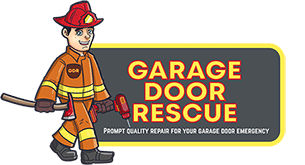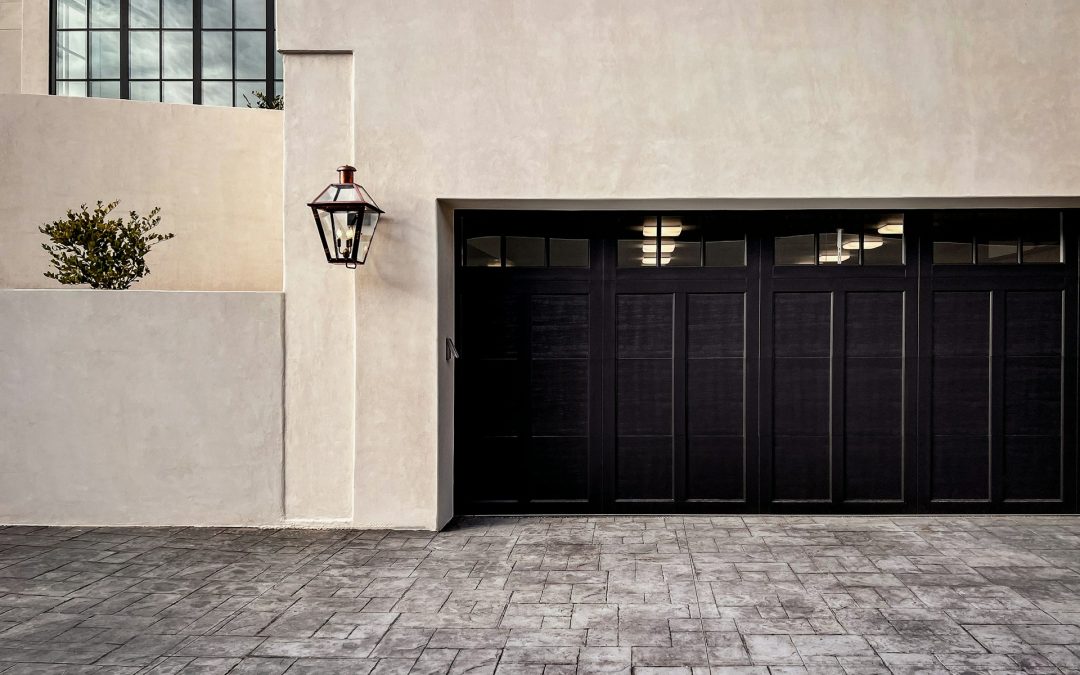Garage doors provide convenience and security, but when they unexpectedly reverse during opening or closing, it can be frustrating and worrying. Understanding why this happens is key to fixing the issue. Several factors, from sensor misalignments to track problems, can cause your garage door to reverse its course without warning.
Addressing these issues promptly restores proper functionality and ensures your family’s safety. By learning how to tackle these challenges, you’ll have peace of mind knowing your garage door is reliable and working as it should.
Understanding the Causes of Garage Door Reversal
Garage doors can reverse unexpectedly, leaving you confused and possibly unsafe. One of the primary causes of this issue is incorrect sensor alignment or obstructions. The sensors, usually located on either side of the garage door opening, must align correctly. An obstruction, like debris or a spider web, can interfere with this alignment, causing the door to reverse as a safety measure.
Another common cause is problems with the opener’s limit settings. These settings control how far the door travels up and down. If these limits are set too high or too low, the opener might interpret the door closing or opening position incorrectly, resulting in a reversal. Adjusting these settings can often correct this problem.
Issues with the garage door track can also lead to reversal. Bent or misaligned tracks can hinder the door’s smooth movement, triggering the safety reversal feature. Inspecting the track for damage or debris ensures it guides the door properly. Recognizing these causes allows you to address them effectively, keeping your garage door functioning smoothly and safely.
Troubleshooting Common Problems
When your garage door reverses unexpectedly, begin troubleshooting with the sensor alignment. Check the sensors at the bottom of each side for dirt or misalignment. Clean any debris and ensure they face each other directly. If misaligned, gently adjust them until their indicator lights are properly aligned.
Next, look into adjusting the limit settings on your garage door opener. Most modern openers have switches or dials for altering how far the door opens or closes. Follow the manufacturer’s manual to make these adjustments carefully, ensuring the limits allow the door to function without triggering a reversal.
Finally, inspect the garage door track for issues. Check if the track is bent or blocked by debris. Use a level to ensure it’s properly aligned. If you notice any bends, cautiously straighten them out. Also, ensure that all rollers are in good condition and moving correctly. By addressing these common problems, you can stop unnecessary door reversals and maintain the smooth operation of your garage door system.
Preventive Measures to Avoid Reversal
Keeping your garage door working smoothly involves preventive care to avoid reversal issues. Start with regular cleaning and maintenance of your sensors. Make it a habit to clean the sensors with a soft cloth weekly to prevent dust and dirt buildup. This ensures the sensors can see each other clearly and operate without interference.
Next, check that your garage door track and hardware remain in good condition. Regularly inspect the track for bends or debris. Keeping the track clear and straight ensures your door moves without issues. Lubricate all moving parts, such as rollers and hinges, with a silicone-based lubricant every few months to maintain smooth operation.
Maintaining a balanced garage door is also crucial. A door out of balance strains the opener, leading to potential reversals. Test the balance by disconnecting the opener and manually moving the door halfway. It should stay put. Consider adjusting the springs or contacting a professional for help if it falls or rises. These preventive steps help keep your garage door reliable and minimize the risk of costly repairs and unexpected reversals.
When to Consult a Professional
Sometimes, issues with your garage door require more than simple troubleshooting. If your door reverses after trying basic fixes, it’s time to consult a professional. Signs like persistent obstructions, strange noises, or visible damage need expert evaluation. Professionals can diagnose complex problems that might not be obvious during a casual inspection.
Professional garage door inspections offer peace of mind and ensure the door’s longevity. Regular checkups can catch issues before they become severe, saving money on extensive repairs. Experts use specialized tools and knowledge to address problems comprehensively, ensuring the door operates smoothly and safely.
Attempting complicated repairs yourself might be tempting, but it carries risks. Without the proper tools or expertise, you could worsen the problem or risk injury. Professionals are trained to handle these tasks with safety and efficiency. Consulting a specialist not only fixes current issues but helps prevent future ones, keeping your garage door in optimal condition.
Conclusion
Maintaining your garage door is key to preventing unexpected reversals and ensuring smooth operation. Regular cleaning, inspections, and a balanced door reduce the chances of problems. Understanding the common causes of reversal, such as sensor misalignment and track issues, lets you handle minor fixes and know when to seek help.
Having a reliable plan for any garage door problem helps avoid larger issues. Preventive measures like sensor maintenance and track inspections ensure your door stays functional. Engaging professionals for regular checks and more complex repairs ensures safety and long-term efficiency.
If garage door troubles persist or seem beyond simple fixes, reach out to Garage Door Rescue. Our team is dedicated to resolving your garage door issues with expertise and care. Schedule an inspection or garage door repair visit today and keep your garage door running smoothly without worries.

